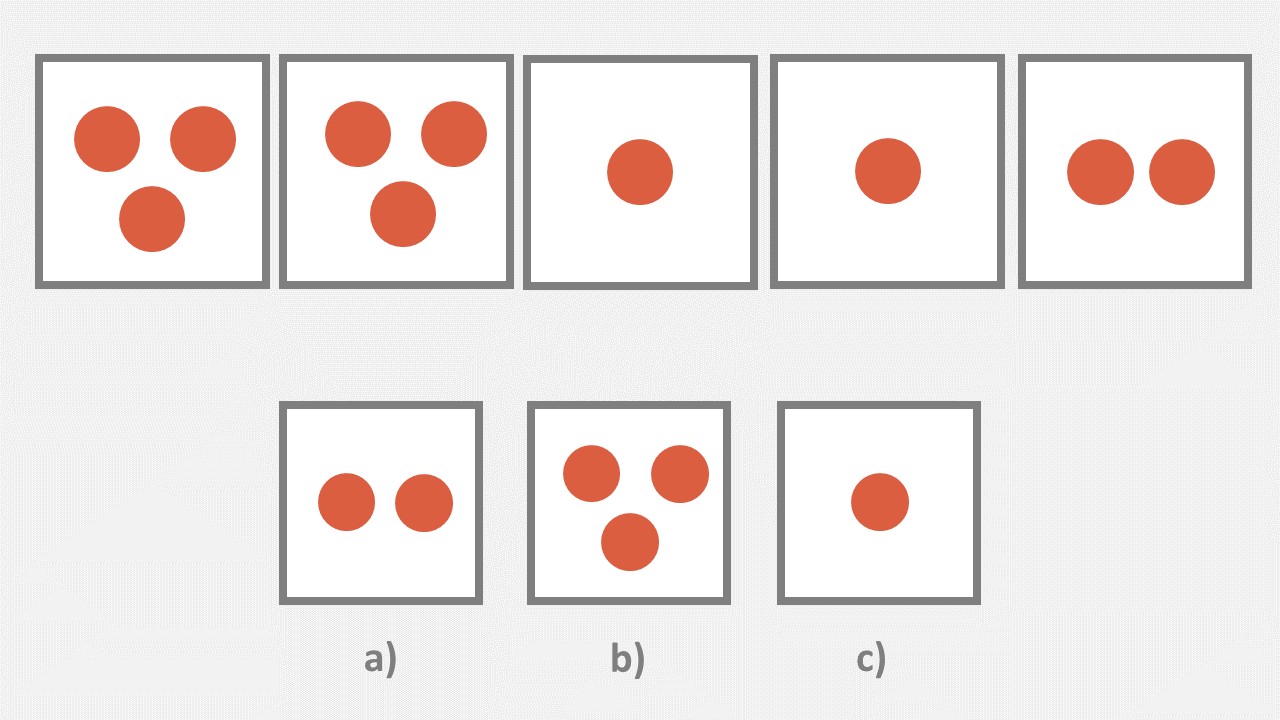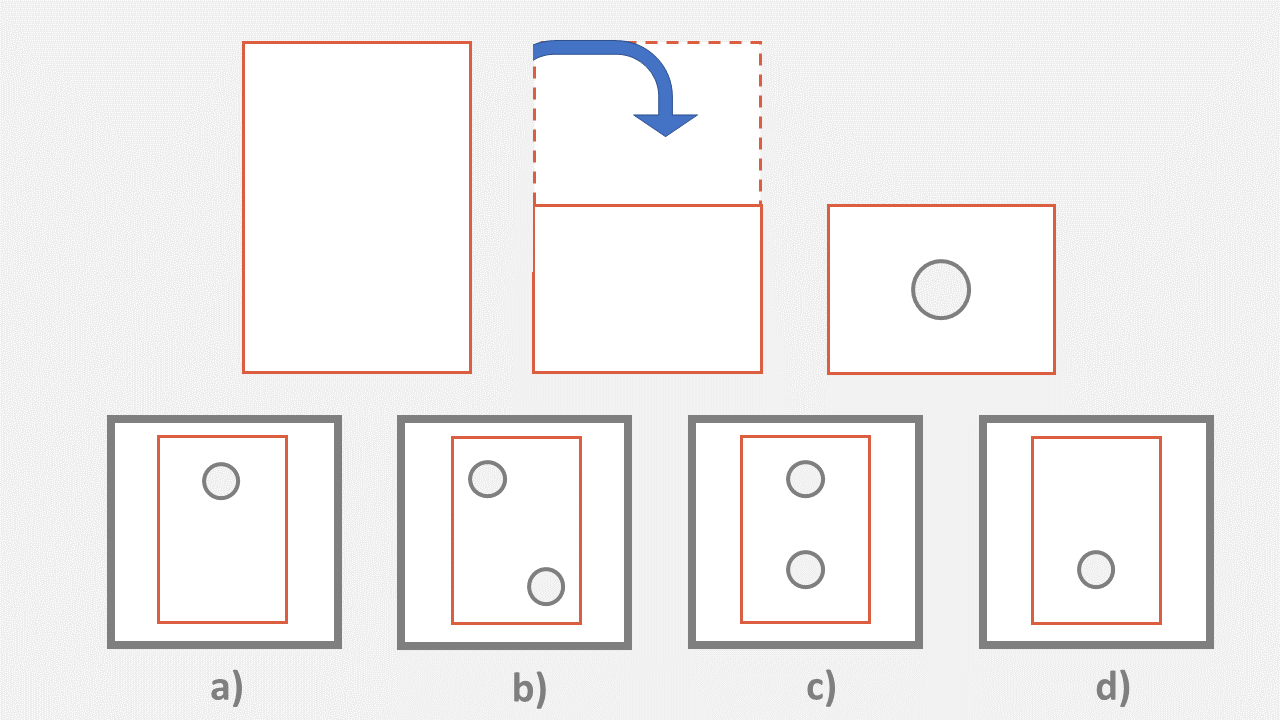How to Pass the CogAT Test 1st Grade in 2024
Updated November 20, 2023
When your child is of education age, assessing their cognitive abilities is a good way to examine their development compared to other children of the same age.
Like an aptitude test, or an exam where you need to assess knowledge of numbers, words and spatial awareness, a cognitive ability test will enable you to gain an understanding of their abilities – and what your child might need to work on to meet the average for their age group or exceed the averages and be assessed as gifted.
This is where the The CogAT Test comes in, and you will learn the ins and outs of the Cognitive Abilities Test, what it is, and how you can prepare your child for the CogAT test.
What Is the CogAT Test 1st Grade?
The CogAT Test, otherwise known as the Cognitive Abilities Test, is an assessment for children designed to measure their cognitive development.
It will look at your child’s ability for general reasoning and problem solving.
When a 1st grade child starts education and reaches a certain age, it is key for educational professionals and parents to gain an understanding of how far a child has developed compared to other children of the same age.
The tests will determine if a child needs extra help within their educational facility or something that they might need to focus on at home.
Although testing a child is not easy and might be overwhelming for you and your child, there are many benefits of taking the test and ways you can help your child prepare for the assessment.
We would advise looking into test prep and how to ensure they are ready to take the test before it is arranged.
This is helpful for all children, but especially younger children who might not have been in an examination environment before.
There are 14 total levels that are set for children at different ages through the K12 age range. You will find that level 7 is the most common, as this is the level for children ages 7 – a popular age for a child to be assessed.
Each level will differ when it comes to the amount of questions, length of questions and the difficulty of the questions types – however, you will find that some of the markers are the same across the board of all levels.
Here is what you can expect to see from the CogAT 1st Grade test:
- The test can be provided in-person (via pencil and paper) or online. Your educational practitioner will help you decide which one is best for your child.
- All the questions on the test will be multiple choice – which means your child will pick from a variety of different answers to resolve the question.
- The three areas (quantitative, verbal and non-verbal) will be given together.
- Pupils taking the test will usually be in groups of 20.
- The test is normally administered by your child’s teacher or an education councillor, so if you require more information, then it is worth speaking to them beforehand.
How Is the CogAT 1st Grade Test Structured?
The structure of the CogAT 1st Grade test will differ from level to level.
For example, for level 5/6 you might be asked 118 questions, whereas if your child is taking level 8, they will be asked 154.
The assessment will be split into three categories: verbal, quantitative and non-verbal – all of them will feature multiple choice questions.
If you want 12-month access to all the practice resources for this test, our partner TestPrep-Online.com offers a Family Membership.
Family Membership gives you access to all the TestPrep-Online resources for the next 12 months. You will also get two separate accounts, which can be very helpful if you have two children preparing for their tests.
Get a Family Membership with 12-month access
Here is more information on each battery:
CogAT 1st Grade Quantitative
This section of the assessment will focus on math, figures, metrics and patterns.
This will test your child’s competency with numbers and number analogies.
It will consist of around 38 questions, which will be split into three different sections.
Your child will be given a set time to complete each section of this battery. In total, it should last around 34 minutes.
For example:
Select the number of spots that come next in the sequence.

CogAT 1st Grade Verbal
The verbal part of the CogAT will be based on pictures, completing sentences and classifying verbal situations. It will test a child’s knowledge of words and how to put words into a sentence.
It will take around 43 minutes to complete and again will be split into three different sections.
Each of which will last around 14 to 15 minutes each and consist of around 14 questions. This will include puzzles, analogies and sentence completion.
For example:
Which word would best work here?
Yellow – sun | green – ?
a) grass
b) water
c) sky
d) mud
CogAT 1st Grade Non-Verbal
The final part of the exam will look at figure metrics, figure classifications, shapes and even paper folding.
For this section, your child will be asked around 38 questions that will be split out into three different sub-categories (like the others). They will have around 34 minutes to complete the section.
For example:
The pictures below depict paper-folding images with different cut-out designs. Pick what the pattern will look like below when the paper has been unfolded.


How to Study Effectively for the Cogat 1st Grade Test
Studying effectively for the CogAT (Cognitive Abilities Test) 1st Grade test can help your child feel prepared and perform their best on the assessment.
Here are some tips to help your child study effectively:
- Understand the Test Format: Familiarize yourself with the structure and format of the CogAT 1st Grade test.
- Start Early: Begin studying well in advance of the test date.
- Break It Down: Divide the study material into manageable chunks. Identify the specific skills and concepts covered in each section of the CogAT.
- Use Hands-On Activities: Engage your child in hands-on activities that develop the skills assessed by the CogAT.
- Practice Sample Questions: Obtain sample questions or practice materials specifically designed for the CogAT 1st Grade test.
- Provide Explanations: When working through sample questions or practicing concepts, provide explanations to your child.
- Focus on Key Concepts: Identify the key concepts and skills assessed by the CogAT at the 1st Grade level.
- Make Learning Fun: Integrate learning into everyday activities and make it enjoyable for your child.
- Practice Time Management: The CogAT is a timed test, so it's important to practice time management.
- Provide a Supportive Environment: Create a positive and supportive environment for your child's study sessions.
Tips to Ace Cogat 1st Grade Test
To ace the CogAT (Cognitive Abilities Test) 1st Grade test, consider the following tips:
- Familiarize Yourself with the Test Format: Take the time to understand the structure and format of the CogAT 1st Grade test.
- Practice with Sample Questions: Seek out sample questions and practice materials specifically designed for the CogAT 1st Grade test.
- Develop Language and Vocabulary Skills: Enhance your language skills by reading books, engaging in conversations and practicing vocabulary activities.
- Develop Quantitative and Numerical Skills: Practice counting, number recognition, basic addition and subtraction and number patterns.
- Practice Visual-Spatial Skills: The non-verbal reasoning section of the CogAT assesses visual-spatial abilities.
- Develop Critical Thinking Skills: The CogAT tests your ability to think critically and solve problems.
- Manage Test Anxiety: Help your child manage test anxiety by creating a supportive and stress-free environment.
- Encourage Healthy Habits: Prioritize your child's physical and mental well-being during the preparation period.
- Seek Additional Resources: Consider utilizing test preparation resources, such as books or online materials specifically designed for the CogAT 1st Grade test.
Remember, the CogAT is designed to assess a child's cognitive abilities.
Emphasize the development of foundational skills and a positive learning attitude rather than solely focusing on test preparation.
By fostering a supportive environment and providing regular practice, your child will have a better chance of performing well on the CogAT 1st Grade test.
How to Pass the CogAT Test in the 1st Grade (2024)
With the assessment based on three batteries, it is imperative that you help your child prepare for the exam as much as you can.
They will be scored on each three categories – so, if you feel like they might struggle in one more than the other, then you would look at that battery further.
Here are some prep tips that might help your child pass the test:
Step 1. Do Origami With Your Child
This might sound strange, but paper folding techniques can help your child develop more spatial reasoning skills.
Plus, as per the non-verbal test example above, they might have to answer a question based on paper folding.
Try and cut-out shapes into the paper once it has folded and test your child’s knowledge on the pattern and what to expect on other parts of the paper – hopefully, this will ignite their memory and familiarize them with the process before the exam.
Step 2. Play Games
Spot the difference, believe it not, is a great game to play with your child on the run up to the exam. This will help them with pattern sequencing and their memory.
It will also get them used to seeing images and pointing to things to complete the question. They will also have fun in the process.
Step 3. Play Eye-Spy
Another game to add to their repertoire is eye spy. This will get them used to spotting objects, guessing and using their memory to record what they can see.
It will also show them how to answer a question based on a description, which is useful for the verbal part of the assessment.
Step 4. Plenty of Rest
It is important that your child gets enough rest in the lead up to the test, as they will need their minds to feel fresh while taking the test.
It can be quite overwhelming for them, so ensuring they have had enough sleep and time to rest is imperative.
This will also be the case for food. A child might not be able to function as well cognitively If they are hungry, so it is important that they eat well too.
Step 5. Complete CogAT 1st Grade Practice Tests
Although the games mentioned above are a great way to keep your child’s mind active and help with some of the batteries of the test, helping them take practice tests is also useful.
It will get them used to the type of questions they might get asked, keeping time and learning the different formats.
As this is for a child in the first grade, it might not be easy to get them to sit for that long, so we would recommend choosing shorter practice tests or formatting questions into a quiz-like scenario to make it more interactive.
As well as the five tips mentioned above, it is recommended to also try to keep your child calm the day before taking the test and put their mind at ease. You do not want them to be scared or too overwhelmed with the situation.
Practice CogAT 1st Grade Test with Test Prep Online
Final Thoughts
The best thing about preparing for cognitive ability tests like the CogAT test is that it is never wasted.
Even if you decide against your child sitting the formal exam and want them to wait until they have passed 1st grade, it will still prepare them for mandatory exams they will have to sit in the future.
If your child is going to sit the exam, then it is worth looking into the state and the school district, as the process and the scoring might be different depending on where you are based.




